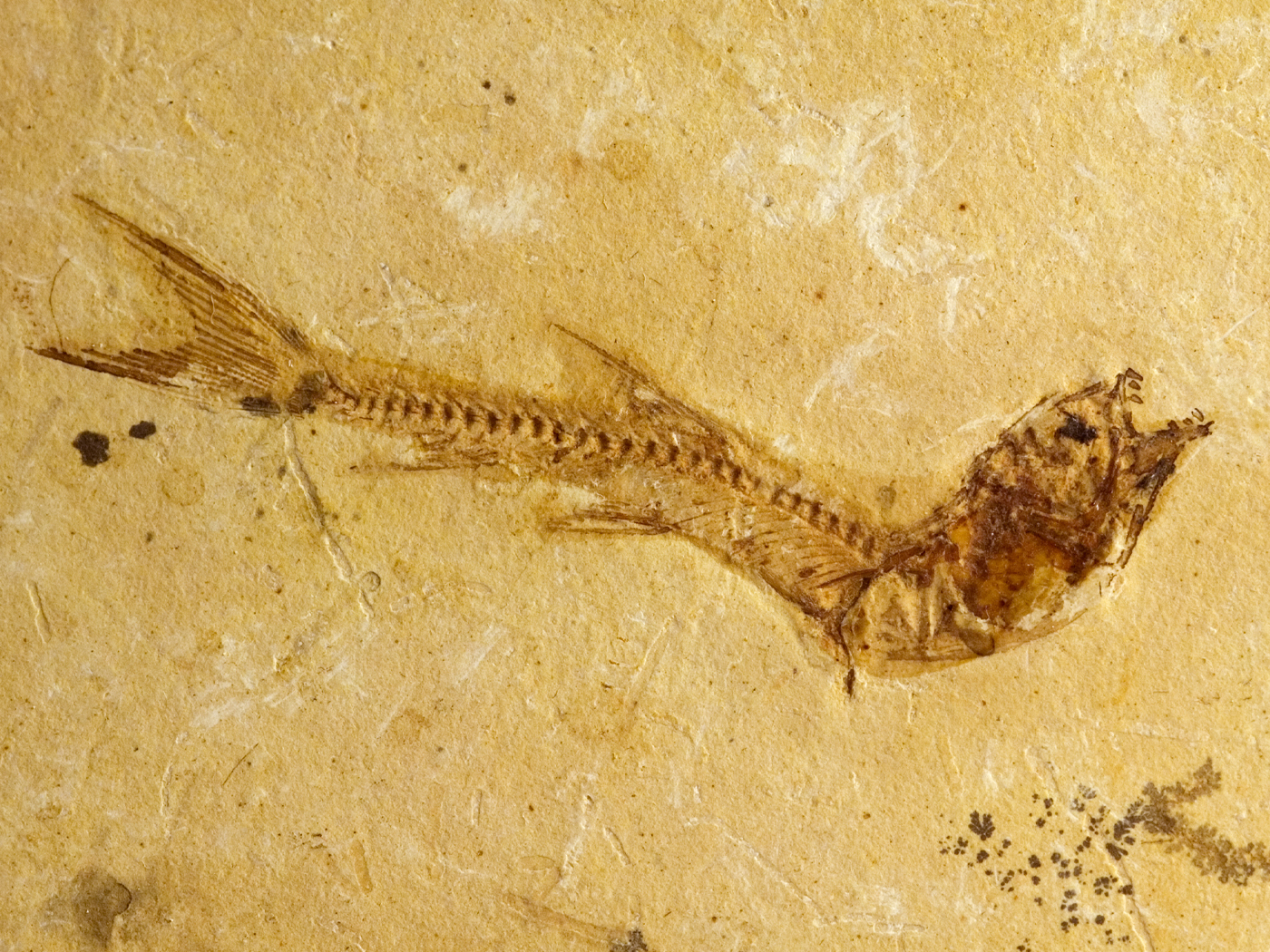A recent MSN article claims a fossilized hominid called "Little Foot" found in a cave at the Sterkfontein site near Johannesburg, South Africa, is approximately 3.67 million years old.1 A similar report appeared in ScienceNews.2 Both articles provide insufficient detail to make an intelligent evaluation of the method used to arrive at the stated conclusion, and as such that conclusion must be regarded as suspect. However, there is one key point concerning radioisotope dating they offer that can be straightforwardly addressed.
The technique used to date Little Foot is called cosmogenic nuclide dating. Cosmogenic production of radioactive isotopes from direct nuclear reactions on more common stable isotopes has been known since the early 20th century, but it has only recently become accepted as a phenomenon that must be accounted for in radioisotope dating. Cosmic rays, which originate high in the atmosphere, can form cascades of elementary particles. When these particles strike certain atoms such a silicon (Si), oxygen (O), calcium (Ca), potassium (K), or chlorine (Cl), they can induce a nuclear reaction that changes them into a radioisotope, e.g.:
14C + p → 3H + 12C
28Si + n → 26Al + 3H
35Cl + n → 36Cl + γ
40Ca + n → 41Ca + γ
These are just a few of the potential cosmogenic nuclear reactions that can produce radioisotopes such as 3H, 26Al, 36Cl, and 41Ca. A critical question concerning the use of these isotopes as reliable clocks is, what are the assumptions that must be made in order for the isotopes to be reasonably used as clocks?
Four basic assumptions are necessary to use any radioisotope dating process as a reliable clock:
(1) The system of which the rock samples are a part must be a closed system. This is an increasingly bad assumption with the increasing age of the system.
(2) Decay rates of the isotopes used as clocks must remain constant over time. Again, this assumption becomes more tenuous with the increasing age of the system.
(3) The initial or primordial concentrations of parent and daughter in the system must be accurately known.
(4) For any system ages of long duration, it must be assumed that enough time has passed for measurable levels of the radioactive daughter to have been produced.
All four of these assumptions must hold fast without exception—any exception invalidates the dating method. It is doubtful that any one of these assumptions can be rigorously satisfied over 3.67 million years, much less all four. But the particular dating method used to date Little Foot added one more dubious assumption, i.e.:
(5) The production rates for the cosmogenic radionuclides have remained constant over millions of years.
Since the interstellar radiation incident on the earth's atmosphere varies with the seasons, with weather, with solar activity, with galactic activity, and with variations in the earth's magnetic field, it is extremely unreasonable to expect constant production rates for any of these radioisotopes over the vast amounts of time claimed. To suggest that all five assumptions can be strictly maintained for over three million years is completely untenable.
Why would any scientist publish something as fact when it rests on such a shaky foundation? There are probably many superficial reasons, but it appears the fundamental reason is that these "scientists" are attempting, whether consciously or unconsciously, to indoctrinate the public rather than educate them.
References
- Mollard, P. Fossil date boosts S.Africa claim as cradle of mankind. MSN News. Posted on msn.com April 1, 2015, accessed April 2, 2015.
- Bower, B. 'Little Foot' pushes back age of earliest South African hominids. ScienceNews. Posted on sciencenews.com April 1, 2015, accessed April 2, 2015.
Image credit: Copyright © 2010 APF / L. Bruxelles. Adapted for use in accordance with federal copyright (fair use doctrine) law. Usage by ICR does not imply endorsement of copyright holder.
* Dr. Cupps is Research Associate at the Institute for Creation Research and received his Ph.D. in nuclear physics from Indiana University-Bloomington.
Article posted on April 13, 2015.













